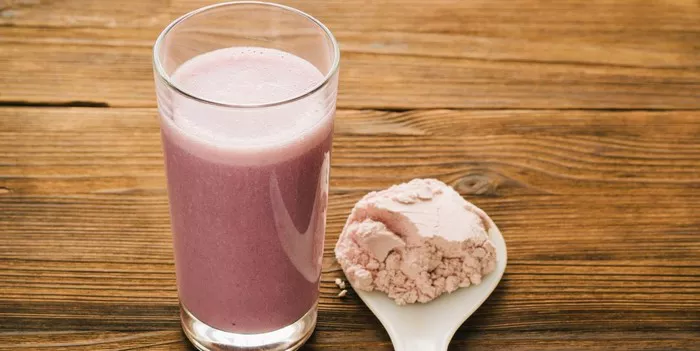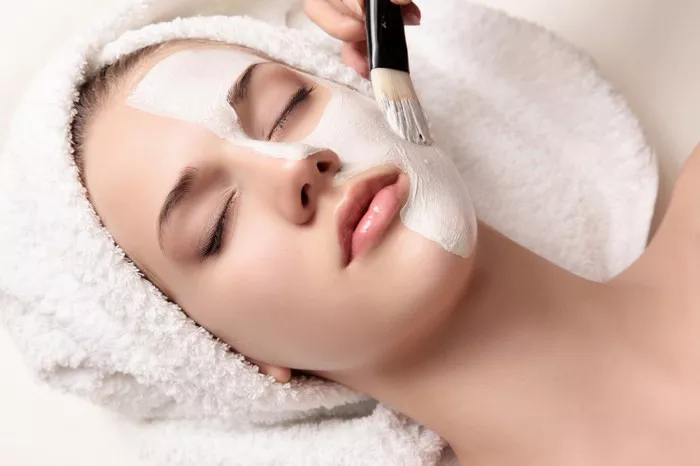A new aesthetic is sweeping across social media, fashion, and wellness culture—one that harks back to old ideals of thinness, modesty, and traditional gender roles. What might appear as a nostalgic trend is, in fact, a deeper cultural and political shift that experts warn is redefining how society views beauty, body image, and identity.
The Algorithmic Return to Thinness
In the early hours of the morning, your social feeds might flood with “tradwife” reels, bone broth sips, and beauty influencers touting subtle plastic surgery, extreme weight loss methods, or GLP-1 drugs like Ozempic. These curated montages—often algorithmically amplified—are not digital glitches or fads. They’re signals of a broader aesthetic reversal.
Since the 2022 overturning of Roe v. Wade, cultural observers have noted a steep rightward swing in fashion, beauty, and politics. The so-called “vibe shift” toward extreme thinness, conservative aesthetics, and traditional values is now influencing not just bodies, but public discourse and social norms.
Medical Weight Loss and the New Thin Ideal
A significant driver of this trend is the widespread use of GLP-1 drugs like Ozempic and Wegovy. With 1 in 8 Americans reportedly using them and prescriptions soaring in the UK, these medications have helped re-normalize the glorification of extreme thinness while narrowing the boundaries of acceptable body diversity. Fatness is being rebranded as a moral failing.
TikTok and the Rise of #SkinnyTok
TikTok’s #SkinnyTok hashtag has surpassed 2.4 billion views, reviving a culture reminiscent of early 2000s pro-anorexia Tumblr. Young women, even those with no prior interest in weight-loss content, are increasingly fed videos that promote restriction under the guise of “wellness.” Public health researchers warn that just eight minutes of such content can negatively impact body image.
Some creators now dismiss body positivity as “gaslighting,” celebrating the return of skinny ideals as a form of liberation. Gina Tonic, author of Grit and Guts, says this mirrors the broader political climate: “As society becomes more conservative, fear-based beauty standards are re-emerging.”
From Online Abuse to Real-World Policy
The beauty backlash is accompanied by rising intolerance. A 2024 Cornell study found that 60% of disabled TikTok creators received slurs in their comments. LGBTQ+ creators experienced even more abuse. Meanwhile, real-world hate crimes against gender identity and sexual orientation have surged.
On runways, the presence of plus-size models dropped from 2.8% in 2020 to just 0.8% in 2025. Conservative media now frame body positivity as “emotional manipulation,” blaming it for normalizing “unhealthy” lifestyles.
The Beauty of Conformity
Minimalist trends dominate makeup, nails, and hair. Buzzed-about products like Wonderskin lip stains and Rhode skincare emphasize “effortless” beauty that requires significant effort to achieve. Procedures are trending toward “invisible” enhancements—subtle tweaks to hair growth, jawlines, and skin tone that restore 1950s-era standards in modern packaging.
Beauty scholar Arabelle Sicardi, author of The House of Beauty, says this aesthetic nostalgia is political: “It’s a return to traditional roles. The ‘tradwife’ archetype aligns closely with fascist ideals of controlled, reproductive femininity.”
They draw chilling parallels to 1930s Nazi propaganda promoting Aryan motherhood, noting uncanny similarities to viral tradwife content featuring influencers praising homemaking and submission.
Beauty as a Political Language
Sicardi argues beauty is more than skin deep—it’s a language of value, conformity, and control. “It distracts us with endless self-improvement, numbing us to collective resistance. If you’re too busy perfecting yourself, you don’t organize for change.”
This culture also marginalizes nonconformity. In the UK, a recent high court ruling excluded transgender women from the legal definition of “female.” In the U.S., over 850 anti-trans bills have been introduced in 2024 alone. DEI initiatives and Pride-themed beauty campaigns are being quietly rolled back in response to ideological backlash.
Reproductive Politics and the Female Body
Beauty’s resurgence coincides with increasing regulation of women’s bodies. Proposed U.S. policies include financial incentives for high birth rates, echoing Nazi-era motherhood awards. GLP-1 drugs and reproductive restrictions combine to police female bodies—making them smaller, more obedient, and less autonomous.
Yet resistance is stirring. Independent media, Discord groups, and consumer data suggest that inclusive brands still outperform conservative ones. Writer Gina Tonic notes: “Every wave of feminist progress is followed by backlash. We must recognize and resist it.”
Sicardi believes beauty holds potential—even in darkness. “Despite its toxicity, beauty promises that another world is possible. People are always imagining something kinder, more expansive. That imagination is where hope lives.”
A Global Conservative Shift
This aesthetic regression isn’t isolated to the U.S. Far-right movements across Europe and global economic pressures are shaping a shared visual culture that idealizes thinness, whiteness, and submission. The politics of beauty—once a domain of personal expression—are now weaponized tools of control.
Calling out this shift is crucial. Because to ignore it is to let it settle in. Beauty, after all, has always been political. Now more than ever, the fight for broader representation, inclusion, and bodily autonomy starts with recognizing how appearance is being shaped—and who benefits.
Related Topics
































